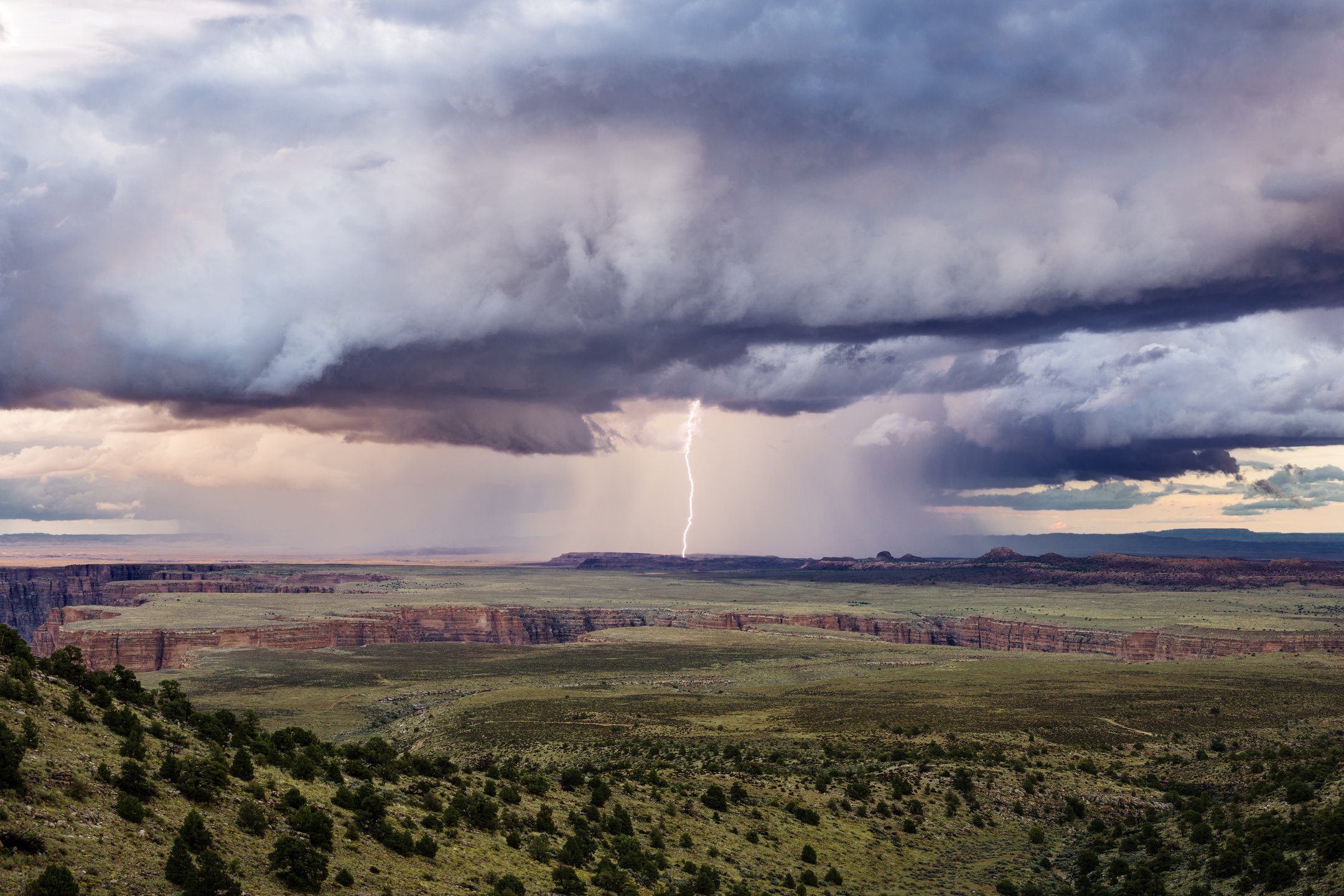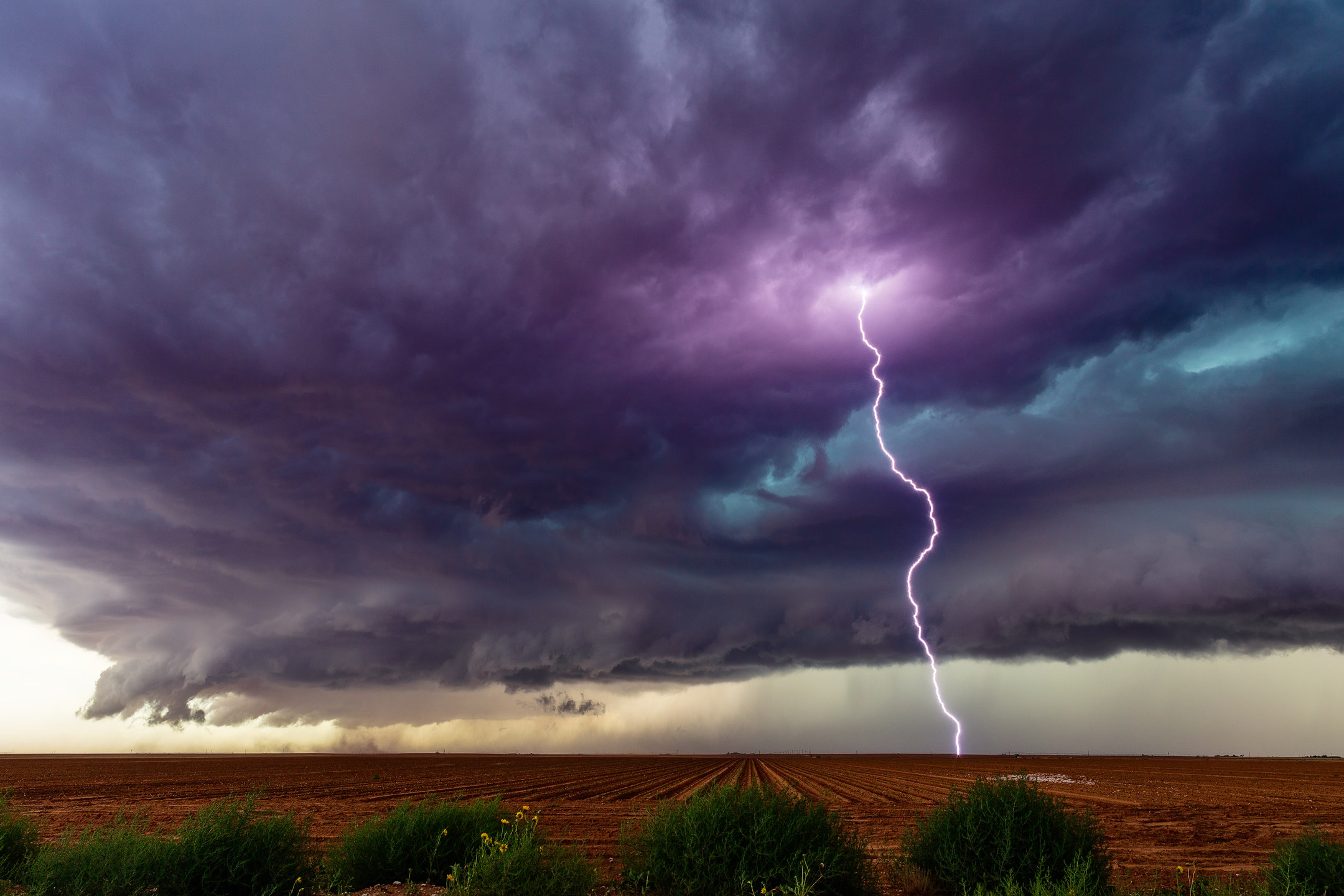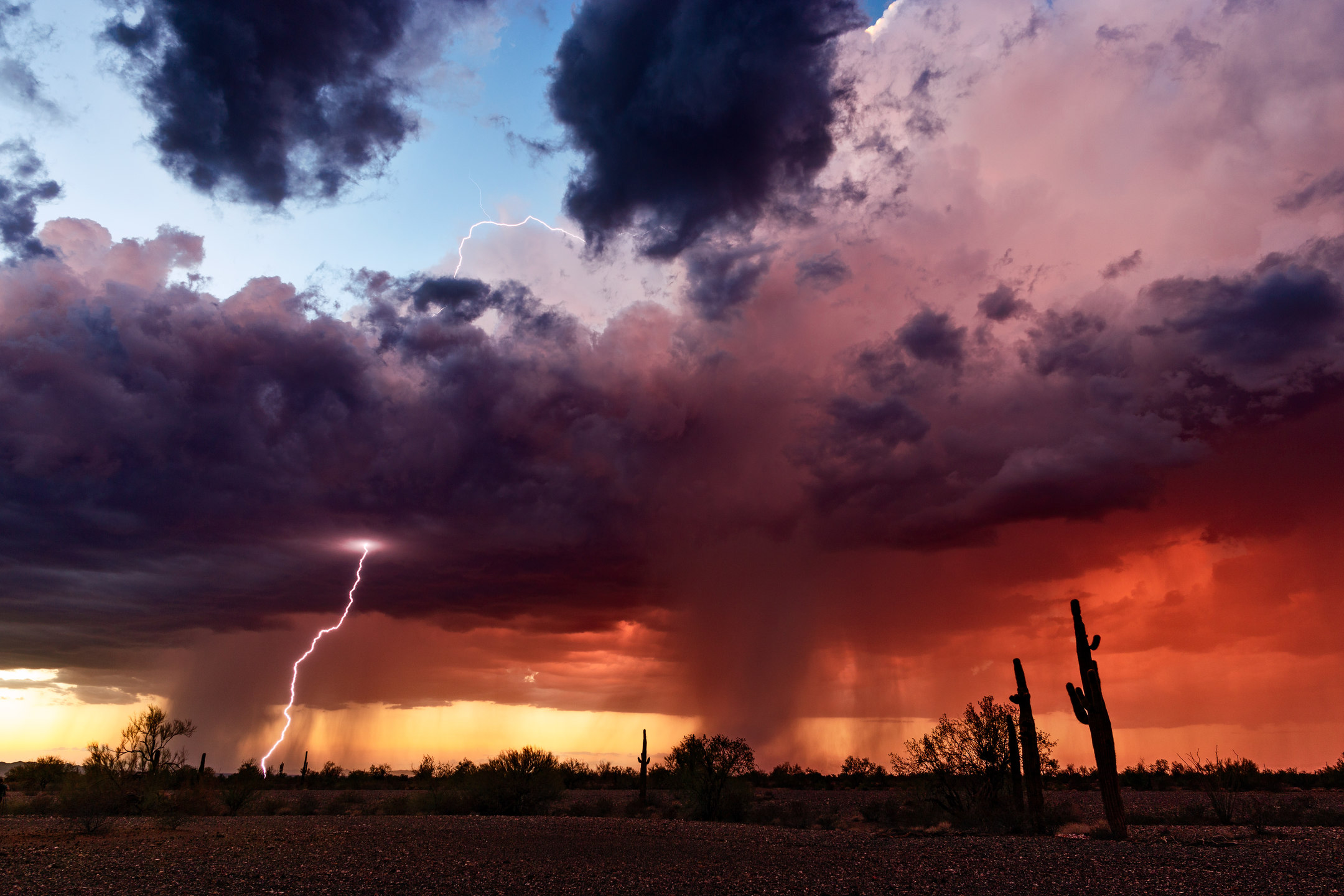In fact, our planet experiences over 3,000,000 lightning flash every day.
Install MyStart Theme for Google Chrome
Making 44 lightning strikes every second. Hence, statistically speaking, the chances of getting hit by a lightning strike are not as much at odds as we would like to think.
There is a very likely chance that you can get hit by lightning and even live to tell the tale. The reason is there is not one consistent way lightning may strike you, but rather five different ways. Yes, even though after getting struck, there is no way of telling as it is an emergency situation, and medical attention is essential to ensure the victim’s safety.
However, categorizing how lightning strikes people helps understand the level of damage caused to the victim who has been struck. So let’s find out what are the five different ways lightning can strike people.

1. Directs Lightning Bolt Strike
You may believe that a direct lightning strike may be a rare occurrence given so many buildings, trees, and other preventives around us. However, that doesn’t make direct lightning strike rare. This just means that yes, while a direct lighting strike may not hit you in the city area, there is a high chance it may happen out in the open, in the countryside field area.
Therefore, quite evidently, direct lightning strikes may not be the most common but definitely the most deadly out of all. In most cases, someone directly getting hit by a lightning strike easily becomes a part of the main lightning discharge channel. A portion of the current may flow along and over the surface of your skin, severely affecting your nervous system.
2. Secondary Strike: Side Flash or Side Splash
A side flash, also commonly known as a side splash, occurs when lightning strikes a nearby object that is taller than the victim. It happens fairly quickly when the lightning strikes the taller object, for instance, a telephone booth. A portion of the current literally jumps off and lashes itself onto the human nearby.
This happens because the human body acts as a short circuit for the energy discharged by the lightning strike. Therefore, side flashes are generally more common but slightly not as severe as a direct lightning strike. It usually happens when the victim is a foot or two near the taller object, taking shelter under a shed, or standing at the roadside as it rains.

3. Third-Party Strike: Through Ground Current
The most common way people get struck by lightning is through third-party strikes like ground current flow. This happens when usually lightning strikes a tree, and much of the energy travels outward from the strike, leading towards the ground. It causes the current to flow downwards as it enters through the top and escapes down under through the roots, supercharging the ground.
As the ground current then continues to flow and find conducive materials nearby, it affects a much larger surface area causing lightning casualties and injuries along the way. That’s why getting struck by lightning through the ground current is very common for both humans and animals. It kills many farm animals as they have a larger body span making them prone to fatal lightning ground currents.

4. Lightning Conduction
Lightning, resulting from electrical supercharge, can easily travel a long distance through wires and using other metal surfaces. Hence, contrary to popular belief, metal does not act as a magnet, attracting lightning but rather a conductor of electricity. It provides a path for lightning to follow without diffusing and leading to many indoor casualties and injuries.
That is why it is highly recommended that when your city area is experiencing extreme rain and storm with lightning and thunder, you should turn off your main electricity source to your home to save yourself from any possible injuries. Therefore, anyone coming in contact with any metal object or even water faucets and showers, whether indoors or outdoors, runs the risk of getting severely electrocuted.
5. Lightning Streamers
Lightning streamers or simply streamers are “luminous writhing branching sparks, plasma channels composed of ionized air molecules, which repeatedly strike out from the electrode into the air.”[1] Hence, streamers are not as common as their other counterparts and may rarely be heard about in the news.
However, unfortunately, people who do get caught in streamers risk immediate fatality or severe injury through lightning. As the human body becomes part and parcel of the streamers completing the lightning channel, there is no easy way to hold the victim and break the channel causing the electrocution.

Bottom Line
Lightning can be extremely dangerous. So practicing caution if you experience thunderstorms often in your area is highly recommended. However, the natural phenomenon does make for a breathtaking scene in the sky. Would you like to see pictures of lightning strikes safe from the comfort of your home? Find wonderful lightning pictures every time you open a new tab!
Fascinated by thunderstorms & lightning? Enjoy stunning images of thunderstorms & lightning with every new tab you open.
Install MyStart Theme for Google Chrome
views
In the tranquil realms of wetlands, where water meets land in a delicate dance, a diverse array of creatures thrives. From majestic birds to playful mammals, each inhabitant plays a crucial role in maintaining the…
Our planet holds a vast array of landscapes, from the icy peaks of the Himalayas to the lush rainforests of the Amazon. But nestled in the Afar Triangle of Ethiopia lies a place unlike any other – the Danakil Depression…
In the tapestry of the natural world, where every creature plays a pivotal role in the ecosystem’s harmony, there exists a phenomenon so fleeting yet so profoundly beautiful that it captures the essence of…





